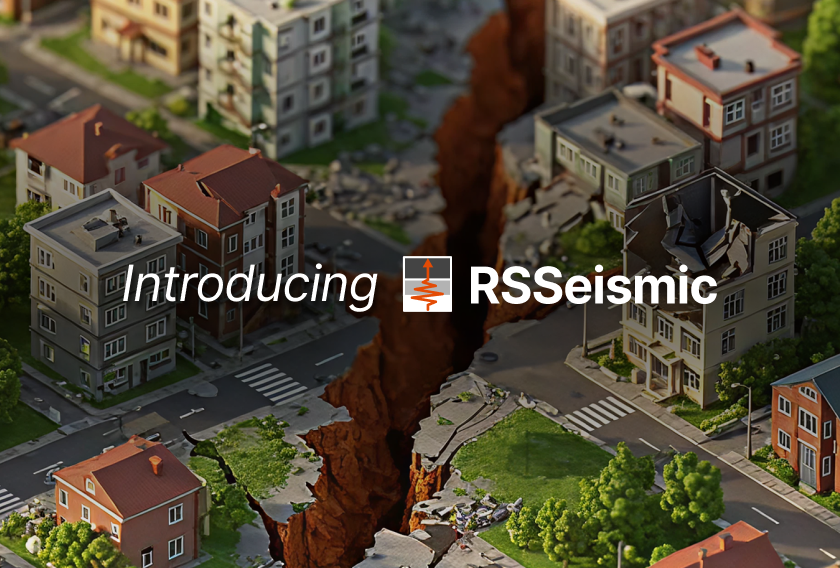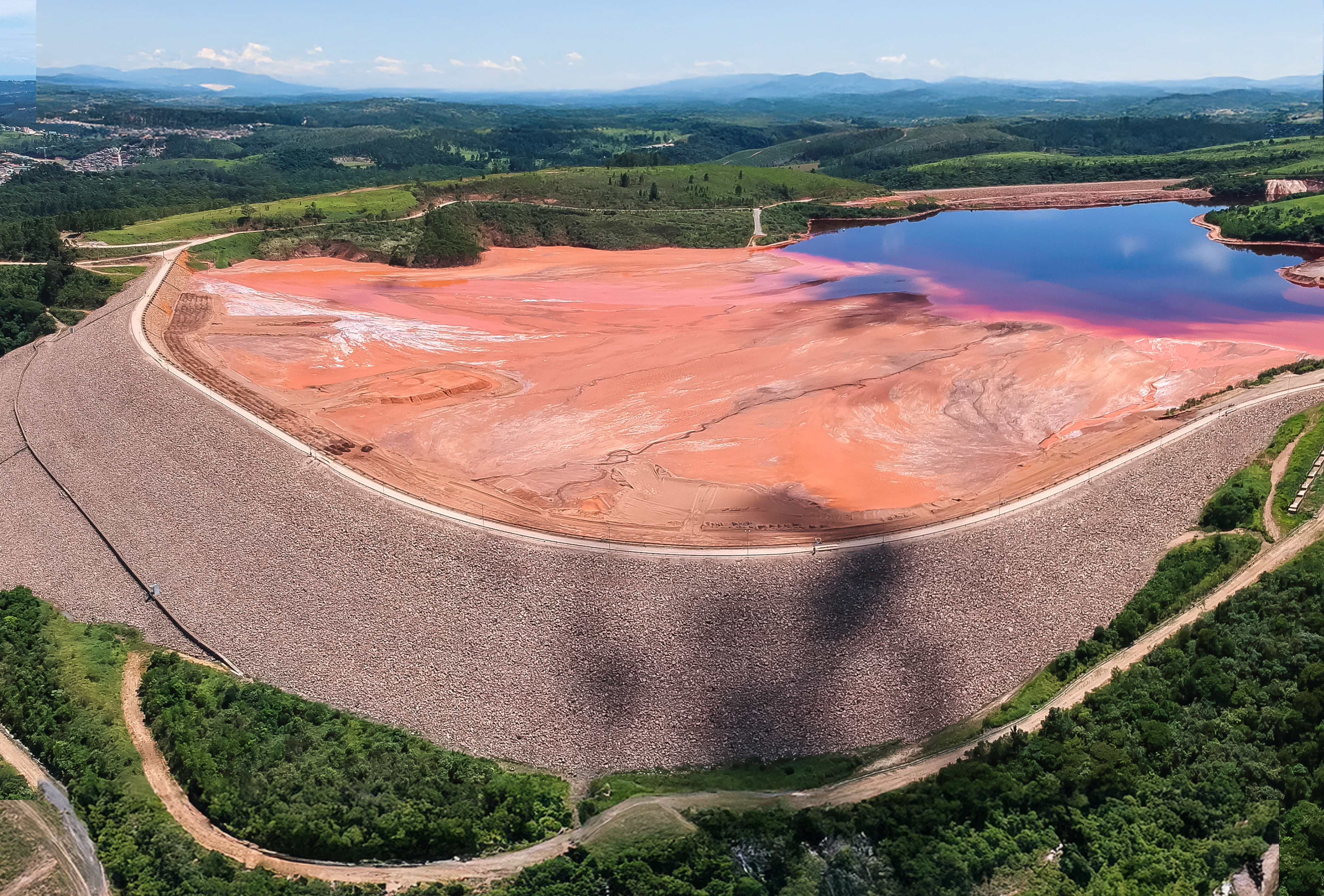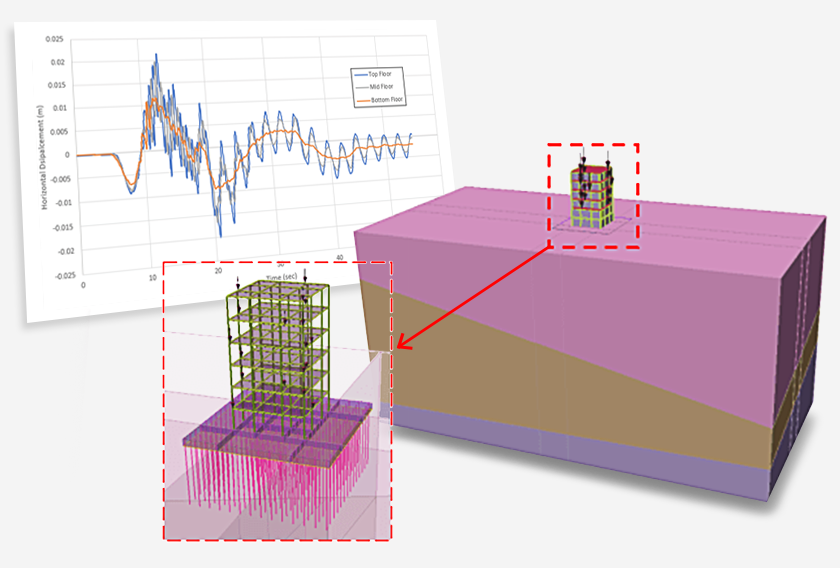From Ruins to Resilience: How Modern Tools Are Advancing Earthquake Engineering
The Shifting Ground
From the ruins of ancient cities to the glass towers of modern megacities, earthquakes have always tested the limits of what we build. Civilizations have collapsed under seismic activity, while others adapted with intuitive, resilient construction. Some heritage structures, crafted without modern codes, have withstood centuries of ground shaking. Many others did not.
What this tells us is simple: earthquakes don't discriminate, but engineering decisions matter.
Fast forward to today, and we live in dense, hyperconnected urban environments where infrastructure doesn’t just house people — it supports entire systems of energy, transport, water, and communication. The stakes are higher. And while building codes have evolved to prioritize life safety, that alone isn’t enough.
Performance-Based Earthquake Engineering (PBEE) helped bridge that gap, introducing repairability and function as design goals. But now, even PBEE is being outpaced. In a world where downtime costs billions and public safety depends on functional hospitals, power grids, and highways, the profession is turning its focus toward a higher standard: functional recovery.
Functional recovery isn’t just about buildings surviving. It’s about them coming back online fast.
This shift calls for higher-fidelity modelling, stronger cross-disciplinary collaboration, and tools that can simulate not just structural behaviour, but the complex interactions between soil, structure, fluid, and time.
From Earthquakes to Algorithms: What We’ve Learned
Every earthquake tells a story. Some shout it, as the Mw 9.1 Tohoku in 2011 and the Mw 8.8 Kamchatka in July 2025 did – through massive ground deformation, tsunamis, and structural damage that forces engineers to stop and reassess.
The Kamchatka earthquake was a reminder: seismic hazard never sleeps. Shaking was felt far beyond the peninsula. Tsunami waves rippled across the Pacific. Some infrastructure held; some didn’t.
Post-earthquake investigations, like those by GEER Association, help engineers pinpoint what went wrong and where our models misfired. One pattern stands out: local site effects matter. More than we sometimes acknowledge.
This is why 1D site response analysis remains essential. It is often the gateway to many other types of seismic analyses including soil-structure-fluid interaction, slope stability, liquefaction, and seismic settlements. It gives us a practical, scalable way to capture how soil layers amplify or dampen seismic energy. The earliest adopted method — equivalent-linear (EL) analysis, developed in the 1960s and 70s — balanced speed and insight at a time when computing power was scarce and software algorithms were basic. It allowed engineers to approximate complex soil behaviour, so long as shaking was modest and pore water pressures were negligible.
But there are limits. EL analysis struggles with larger-strain behaviour, it can't handle certain nonlinear effects over a broad strain range without distortion, and it ignores porewater pressure generation.
Nonlinear (NL) analysis, in contrast, accounts for:
- Strain-dependent stiffness and damping
- Hysteretic behaviour of soils at various loading cycles
- Pore pressure generation and dissipation
Still, it was long avoided. High computational cost, tricky parameter calibration, and limitations like Masing-based unloading/reloading rules made it inaccessible to most practicing engineers.
That changed thanks to sustained academic and applied work.
Over two decades, Prof. Youssef Hashash and his collaborators addressed these hurdles methodically:
- Frequency-independent viscous damping
- Non-Masing hysteresis that better represents measured soil damping at larger strains
- Robust constitutive models for a wide strain range
- Intuitive parameter generation
- Uncertainty representation
- Parallelized computation for fast runtimes
- A streamlined workflow and interface for both EL and NL simulations
These developments culminated in DEEPSOIL, now RSSeismic: a platform that made advanced site response modelling practical and accessible.
It wasn’t just a better tool. It reset expectations for what earthquake engineers could simulate.
Modern Challenges We Can’t Ignore
Let’s break it down. Here are some of the many seismic challenges engineers now face, whether they're working in a seismic hot zone or not:
Retrofitting at Scale
- Roughly half of the world’s concrete structures weren’t built with seismic resilience in mind. Many are nearing critical age. Retrofitting needs to be strategic, cost-effective, and minimally disruptive.
Code Compliance ≠ Resilience
- Meeting seismic code doesn’t guarantee post-event operability. Hospitals, emergency centres, data infrastructure—they need to function, not just stand.
Urban Complexity
- High-density cities push the limits of seismic design. Underground transit, layered utilities, soft-soil basins, tall-slim buildings — we’re working with interdependent systems, not isolated structures.
Unknowns in the System
- Aftershock forecasting. Soil-structure interaction. Fluid-structure coupling in waterfront zones. We have models, but we need better integration and scenario testing to prepare for compounding effects.
Designing with Constraints
- Developing regions face the same seismic risks, often with fewer resources. Tools need to work across the full economic and technological spectrum.
- These aren’t academic problems. They’re the real design conditions of today’s projects.
Toward Smarter Seismic Design
Here's the thing: if engineers are expected to account for cascading failures, unknown fault behaviour, nonlinear soil response, and aging materials under uncertain loading, then the tools need to catch up.
The good news? They are.
Advances in computing — from parallel processing and cloud environments to early applications of generative AI (such as Rocscience’s RSInsight) — are making high-fidelity simulations possible within practical timeframes. Equally critical, however, is the workflow: the ability to intuitively run nonlinear and equivalent-linear models, test alternative soil profiles, simulate pore pressure, and extract the insights that directly shape design decisions.
That’s exactly what DEEPSOIL aimed for. And it’s where RSSeismic is headed.
From DEEPSOIL to RSSeismic
The journey of DEEPSOIL over the last two decades was about putting nonlinear site response analysis in the hands of practicing engineers.
Now part of Rocscience, RSSeismic builds on that legacy — bringing DEEPSOIL's trusted engine into a modern, integrated analysis environment. It's not about features for the sake of features. It's about addressing the new realities of seismic design with tools that are fast, rigorous, and grounded in decades of research.
We will dig deeper into those capabilities in upcoming articles. For now, here’s the key takeaway:
Earthquake functional recovery starts with smarter modelling. Seismic modelling begins with site response analysis. RSSeismic makes that first, gateway step possible.
Stay Ahead in Earthquake Engineering
Bring advanced site response analysis into your workflow with RSSeismic.
Start your free trial today!

